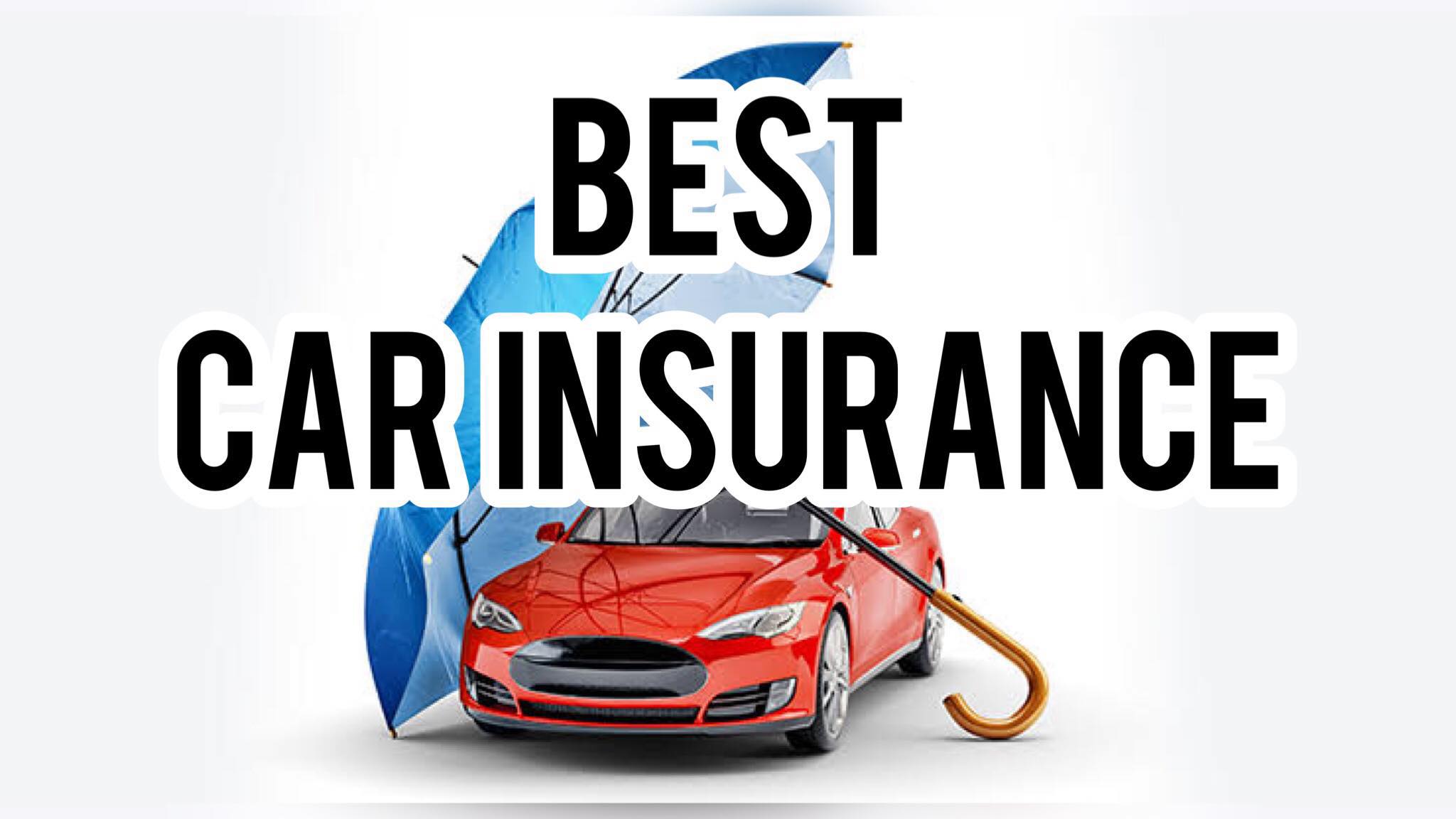A car insurance policy can shield you from financial damages in the event of an accident, although coverage isn’t general. There are six distinct types of car insurance coverage, they include;
- Bodily Injury Liability (BI)
- Property Damage Liability (PD)
- Medial Payments or Personal Injury Protection (PIP)
- Collision
- Comprehensive
- Underinsured/Uninsured Motorist
Whether or not you must have all six types of car coverage will mainly depend on where you reside, since certain coverages may be necessary while others may be elective. It might be simpler to select a policy that offers the degree of protection you want if you are aware of the differences between each form of auto insurance.
In terms of what they protect against, each of the six main types of car insurance you may get has a specific function. While some cover property damage or personal harm, others cover your car or another driver’s vehicle. Let’s take a deeper look at each one’s functionality.
1. Bodily Injury Liability Insurance (BI)
If you damage someone else in an event for which you are held legally responsible, bodily injury liability insurance is intended to cover their costs. You and any other person identified as a driver on your insurance policy are both covered by this coverage. The minimum amount of bodily injury liability insurance coverage you require can be found under the laws of your state. The list of expenses that this coverage can cover includes:
- Medical expenses
- Lost wages
- Pain and suffering
Also Read: Auto Insurance: Best Review In 2023
2. Property Damage Liability Insurance (PD)
Your fault-related incidents are covered by your property damage liability insurance. It pays for any harm you could cause to the other driver’s car or other property, such as a house, walls, and fences etc.
Liability insurance for property damage can also cover losses to someone else’s house. Say, for example, that as you’re passing through a neighborhood, your brakes suddenly go out. Your vehicle drifts off the road, crashes into someone’s yard, and then comes to a rest after hitting their front porch.
If that happened, your property damage liability insurance would cover the cost of house repairs up to the coverage level of your policy. The remaining cost of the repairs might then be covered by the homeowner’s homeowner’s insurance policy.
3. Medical Payments or Personal Injury Protection Insurance (PIP)
Medical payments coverage can cover any associated medical costs if you or a passenger in your car are injured in an accident. Benefits are paid out up to the policy maximum and may offset any costs that must be covered by your health insurance.
If you or a hurt passenger can’t work as a result of the accident, adding personal injury protection coverage to your policy can assist with replacing lost earnings and burial costs. Depending on where you reside, you might be obliged to have a certain amount of coverage.
Drivers in Michigan, for instance, have the option to decline PIP coverage if they have Medicare Parts A and B coverage. However, you may also get limitless PIP coverage for you and every passenger in your car at the time of an accident.
4. Collision Coverage
Collision coverage pays for damage to your own car or property after an accident, whereas property damage liability insurance covers damage to someone else’s vehicle or property. That can include harm brought on by a collision with another car or running into a tree or fence, which are both immovable objects.
Depending on the state you’re being insured in and if you have a loan on the car, you may or may not require collision coverage. If you’re borrowing money to buy a car, the lender can insist that you have collision coverage until the loan is paid off, even if your state’s insurance authority may not mandate it.
Also Read: Best Homeowners Insurance Review 2023
5. Comprehensive Coverage
When something other than a collision with another car or item causes your vehicle to be lost, stolen, or damaged, comprehensive coverage pays for it. Once more, your location and whether you still owe money on the car might determine whether you must have this insurance or not. For instance, complete covering can protect you from damage caused by:
- Windstorm or hail
- Theft
- Larceny
- Falling objects or projectiles
- Explosion
- Earthquake
- Fire
- Floods
- Malicious mischief
- Civil unrest
- Contact with a bird or animal
- Glass breakage
6. Underinsured/Uninsured Motorist Coverage
If the at-fault driver doesn’t have enough insurance and you are involved in an accident, underinsured motorist coverage may be able to defend you. If you are involved in a collision with a driver who has no insurance at all, uninsured motorist coverage is designed to safeguard you.
Both types of insurance might cover your vehicle’s repairs and medical expenses. If you reside in a state where there are many drivers who are either uninsured or underinsured, you might think about acquiring this form of coverage.
How State-specific Insurance Coverage Requirements Differ
You must have both personal injury liability and property damage liability insurance, with the exception of New Hampshire. (New Hampshire drivers who opt out of liability insurance must satisfy certain financial responsibility standards.)
There are also minimal financial requirements for the coverage you need to carry in the other states. While there is only one limit for property damage, bodily injury liability may have two monetary limits: one per individual and another per accident.
Your insurance policy will often use a series of numbers to represent coverage limitations. Therefore, your insurance would be expressed as 25/50/25 if it included a $25,000 bodily injury liability limit per person, a $50,000 bodily injury liability limit per accident, and a $25,000 property damage liability limit.
The minimal coverage limitations should be seen as just that—minimums. You may choose to buy coverage over those restrictions, and doing so is frequently a wise choice. Remember that the more coverage you have, the more your auto insurance may cost.
Your state’s laws will determine if you need to have medical payments/PIP insurance, collision coverage, comprehensive coverage, or underinsured/uninsured motorist coverage. And once more, the minimum levels of coverage that you must have for each one might differ.
Additional Types of Optional Car Insurance Coverage
You might be able to add other types of car insurance to your policy in addition to the six ones mentioned above, depending on the insurance provider.
That might, for instance, be:
- Roadside assistance insurance
- New car replacement coverage
- Gap insurance
- Towing and labor insurance
- Death and disability coverage
- Coverage for other vehicles, such as a golf cart
- Rental car reimbursement insurance
There are other situations that can call for specialized insurance protection. For instance, if you own a vintage or antique vehicle, you could require insurance coverage that considers the vehicle’s age, worth, and frequency of use. Additionally, if you use your car to provide ride-sharing services or keep it in storage, you may want to acquire specialized insurance.
What Will Happen If You Don’t Have Car Insurance?
Driving a car without having car insurance, or in the case of New Hampshire, completing financial responsibility criteria, is illegal no matter where you reside. Financial responsibility rules demand you to provide documentation demonstrating your ability to cover accident-related losses on your own.
Several things can happen if you are driving without insurance and are involved in an accident. First, depending on the regulations in your state and the specifics of the accident, you can receive a ticket or be charged with a driving infraction. Your driving privileges might at the very least be suspended or revoked.
In addition, if you caused the accident and caused property damage or bodily harm, you may be subject to a civil lawsuit. You can be held financially liable for paying for someone’s medical expenses and/or car repairs if you don’t have insurance to cover damages. That can be financially ruinous depending on the severity of their wounds or the property damage.
Why Do You Need Car Insurance?
The purpose of car insurance is to provide financial security in the event that an accident results in your injuries or car damage. Having auto insurance can also shield you against harm done to your car outside of an accident. You run the danger of having to cover repairs or medical costs out of pocket if you don’t have automobile insurance. If you are driving while uninsured or underinsured, you may potentially run into legal issues.
Where Can I Get Cheap Car Insurance?
Shopping around and taking your time are the best ways to get affordable auto insurance. Finding a cheap policy may be made easier if you are aware of the minimal coverage requirements in your state and compare quotes from several insurance providers. Additionally, you may enquire about potential reductions to lower the cost of your vehicle insurance.
Conclusion
Car insurance can be expensive if you pay monthly payments, but if you get into an accident, it might end up saving you a lot of money. Making sure there are no coverage gaps that might force you to pay for repairs or medical costs out of pocket requires understanding the differences between the various forms of automobile insurance. When shopping for your first coverage or your next one, doing some research on the top auto insurance providers is a fantastic place to start.

Sage is a financial/consumer journalist and senior editor, personal finance, of TrendsHQ. EXPERTISE: Personal Finance, Careers, Jobs, Scholarships, and Entertainment.
